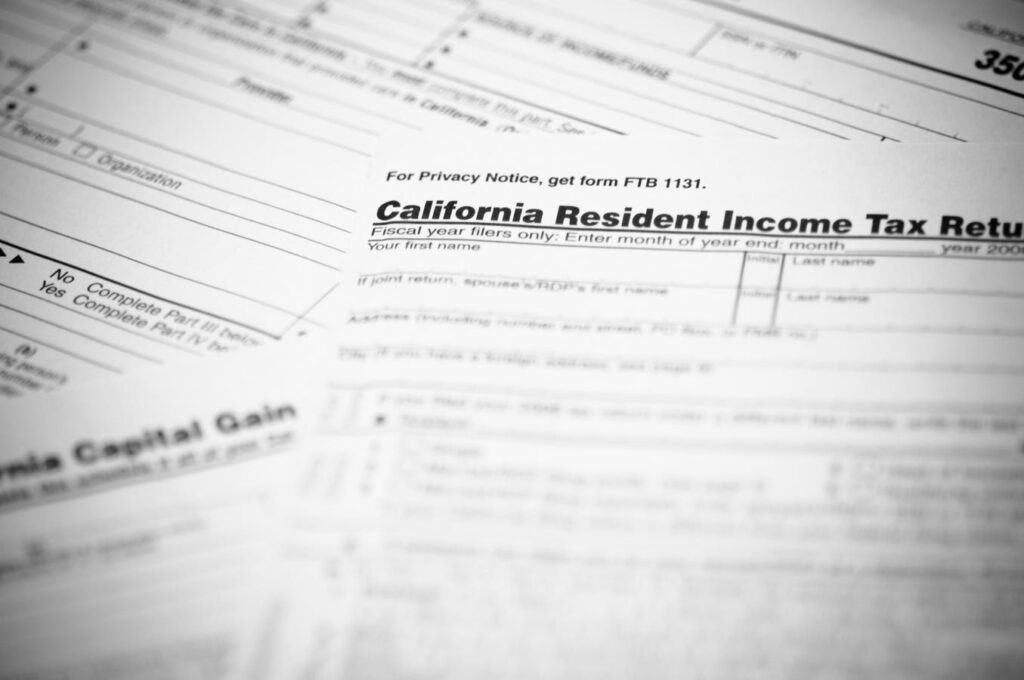The California Franchise Tax Board announced that most Californians have until November 16, 2023, to file and pay their tax year 2022 taxes to avoid penalties. The FTB made the announcement October 16, on the heels of an IRS announcement, the same day. The IRS announced that taxpayers affected by winter natural disasters in 55 California counties qualify for an extension to file and pay their tax year 2022 federal income taxes until November 16, 2023. That IRS extension means an added month to file and pay.
California’s FTB generally conforms to Internal Revenue Service (IRS) postponement periods for presidentially declared disasters. Taxpayers who are affected by a presidentially declared disaster may claim a deduction for a disaster loss. Additional information and instructions are available in FTB Publication 1034, 2022 Disaster Loss: How to Claim a State Tax Deduction.
Taxpayers can claim a disaster loss in one of two ways. They may claim the disaster loss for the 2023 tax year when they file their return next spring, or they may claim the loss against 2022 income on this year’s return. An amended return may be filed by those who already have filed this year. The advantage of claiming the disaster loss on a tax year 2022 return is that FTB can issue a refund sooner.
Taxpayers should write the name of the disaster (for example, California winter storms) in blue or black ink at the top of their tax return to alert FTB. If taxpayers are filing electronically, they should follow the software instructions to enter disaster information. If an affected taxpayer receives a late filing or late payment penalty notice related to the postponement period, the taxpayer should call the number on the notice to have the penalty abated.
Disaster victims also may receive free copies of their state returns to replace those lost or damaged. Taxpayers may complete form FTB 3516 and write the name of the disaster in blue or black ink at the top of the request. Fifty-five of California’s 58 counties—all except Lassen, Modoc and Shasta counties—qualify. The IRS relief is based on three different FEMA disaster declarations covering severe winter storms, flooding, landslides, and mudslides over a period of several months. Now, California has conformed. For more information, see ftb.ca.gov.
Read the full article here













